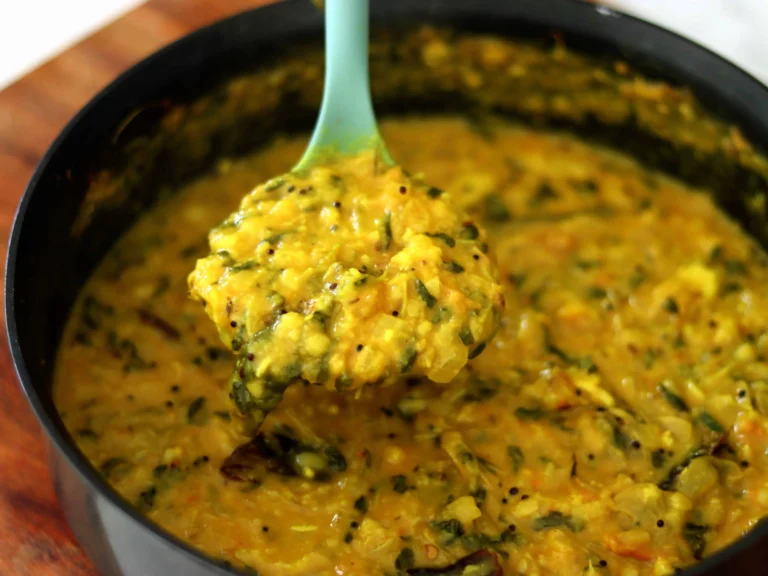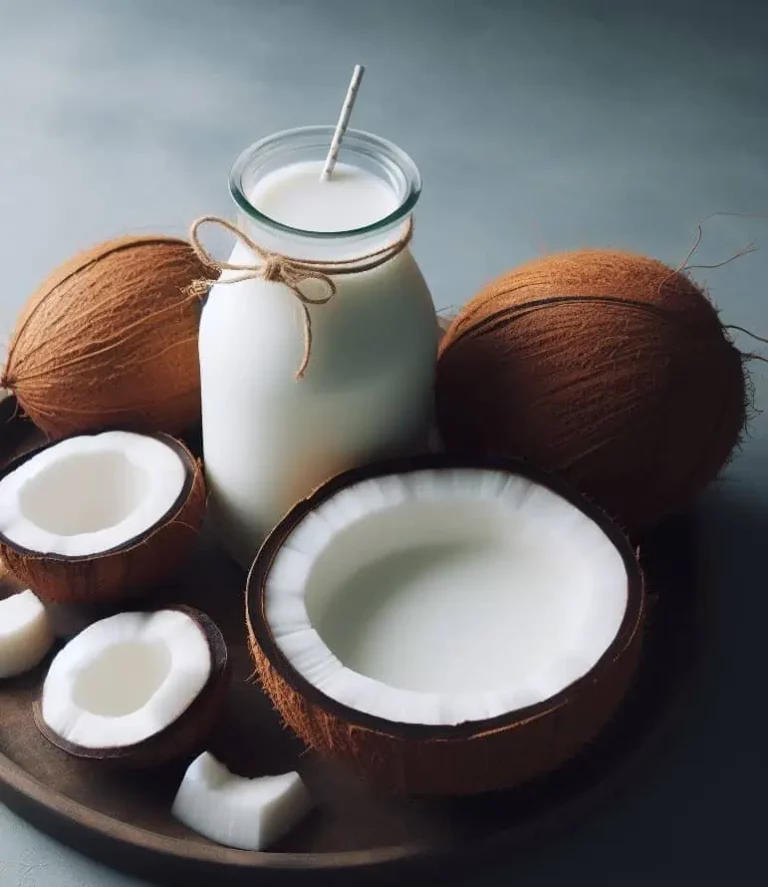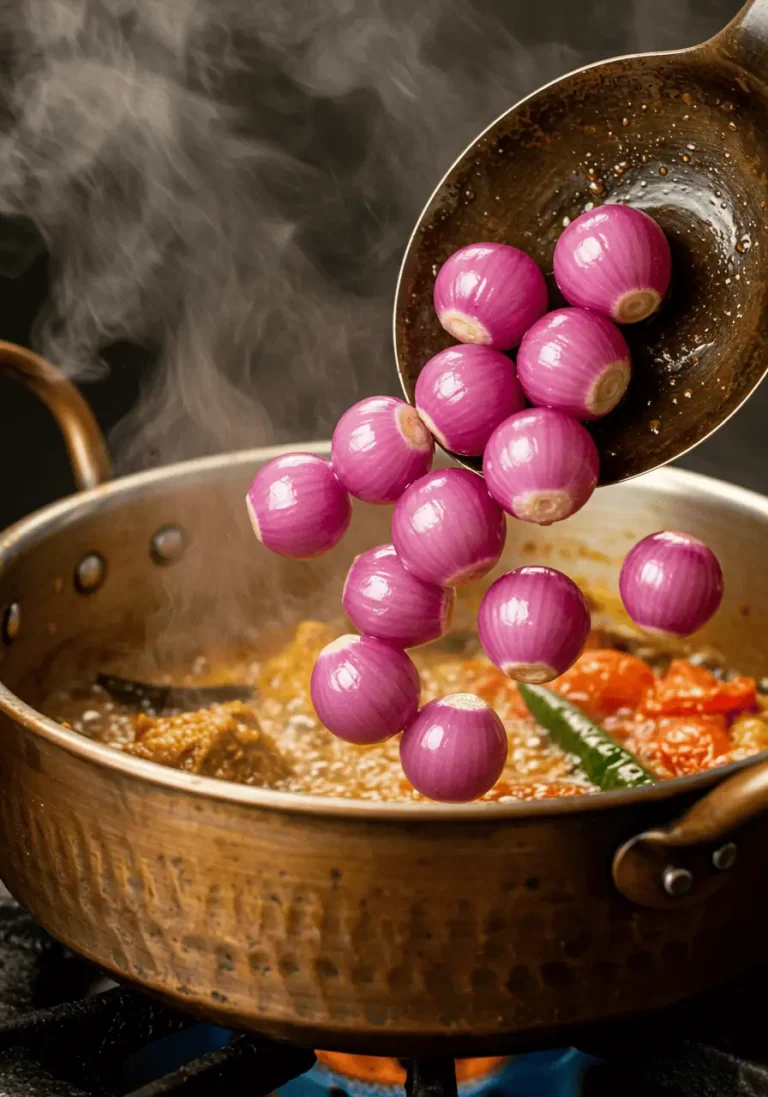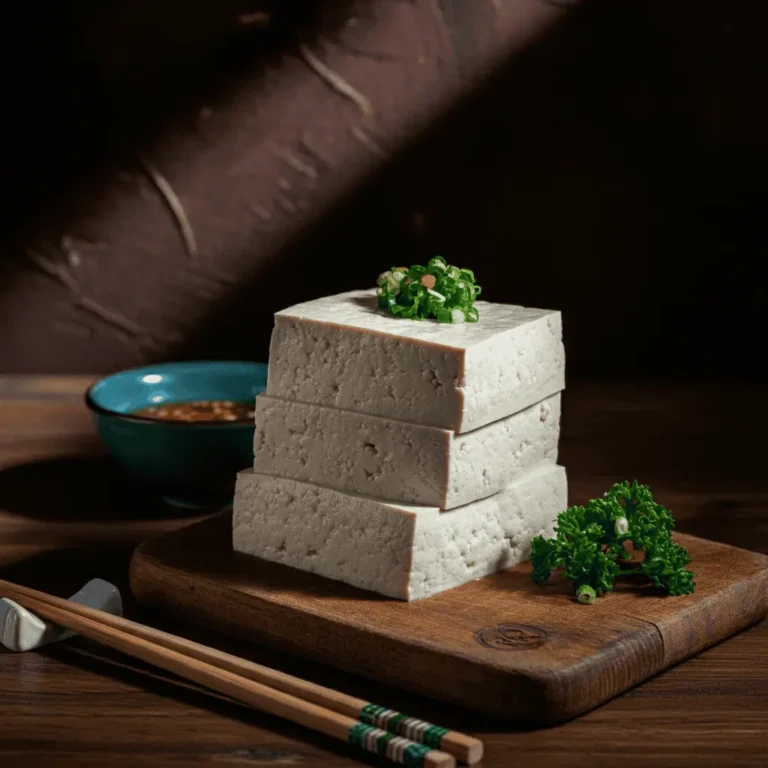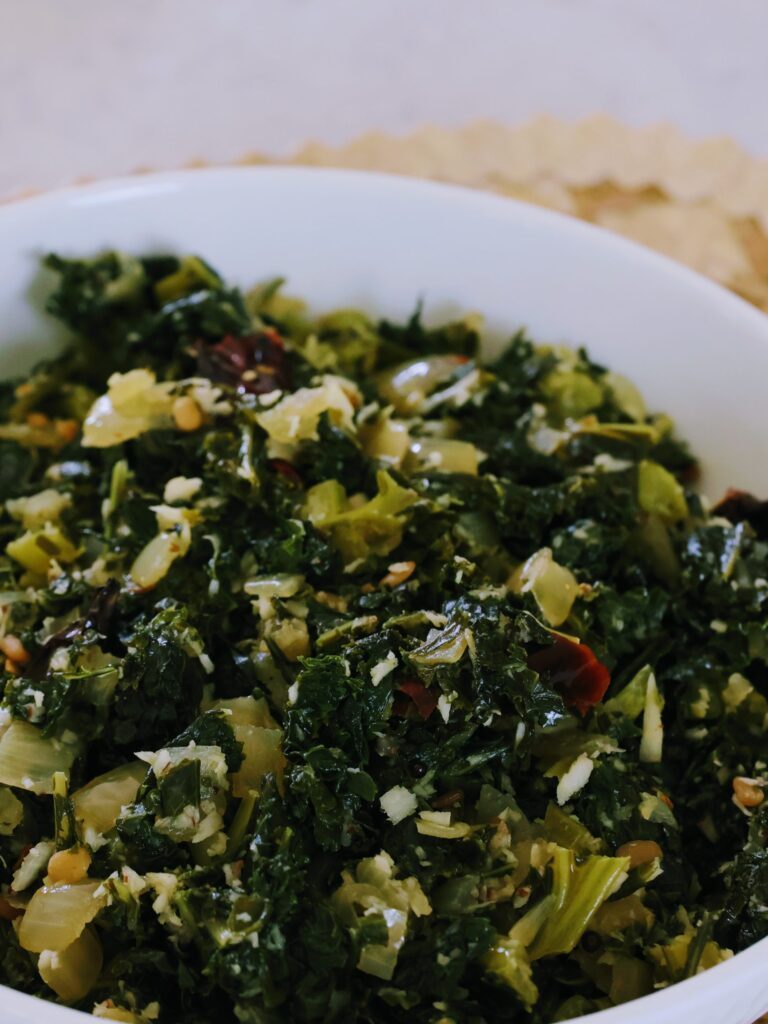Parsley vs Cilantro vs Coriander Leaves – What’s the Difference?
Ever found yourself in a grocery store, staring at two seemingly identical bunches of leafy greens, one labeled “cilantro” and the other “coriander leaves”? You’re not alone in this herbal head-scratcher. The cilantro vs coriander leaves debate has puzzled many a home cook and professional chef alike. But fear not, fellow food enthusiasts! Let’s demystify these culinary doppelgangers – Cilantro, Parsley and Coriander leaves.

The Great Green Confusion
Let’s cut to the chase: cilantro and coriander leaves are essentially the same plant. Mind-blown, right? It’s like finding out that Clark Kent and Superman share the same closet space. The difference between cilantro and coriander leaves mainly boils down to regional terminology and, in some cases, the plant’s life stage.
In North America, they typically use “cilantro” to refer to the fresh leaves and stems of the Coriandrum sativum plant. Meanwhile, across the pond in the UK and many other parts of the world, these same leaves are known as “coriander leaves” or simply “coriander.” It’s enough to make your head spin faster than a salad spinner!
But wait, there’s more to this herbal plot twist. When we talk about coriander in the US, we’re usually referring to the dried seeds of the same plant. These little flavour bombs have a completely different taste profile from their leafy counterparts. It’s like the plant version of a superhero’s secret identity – same source, different persona.
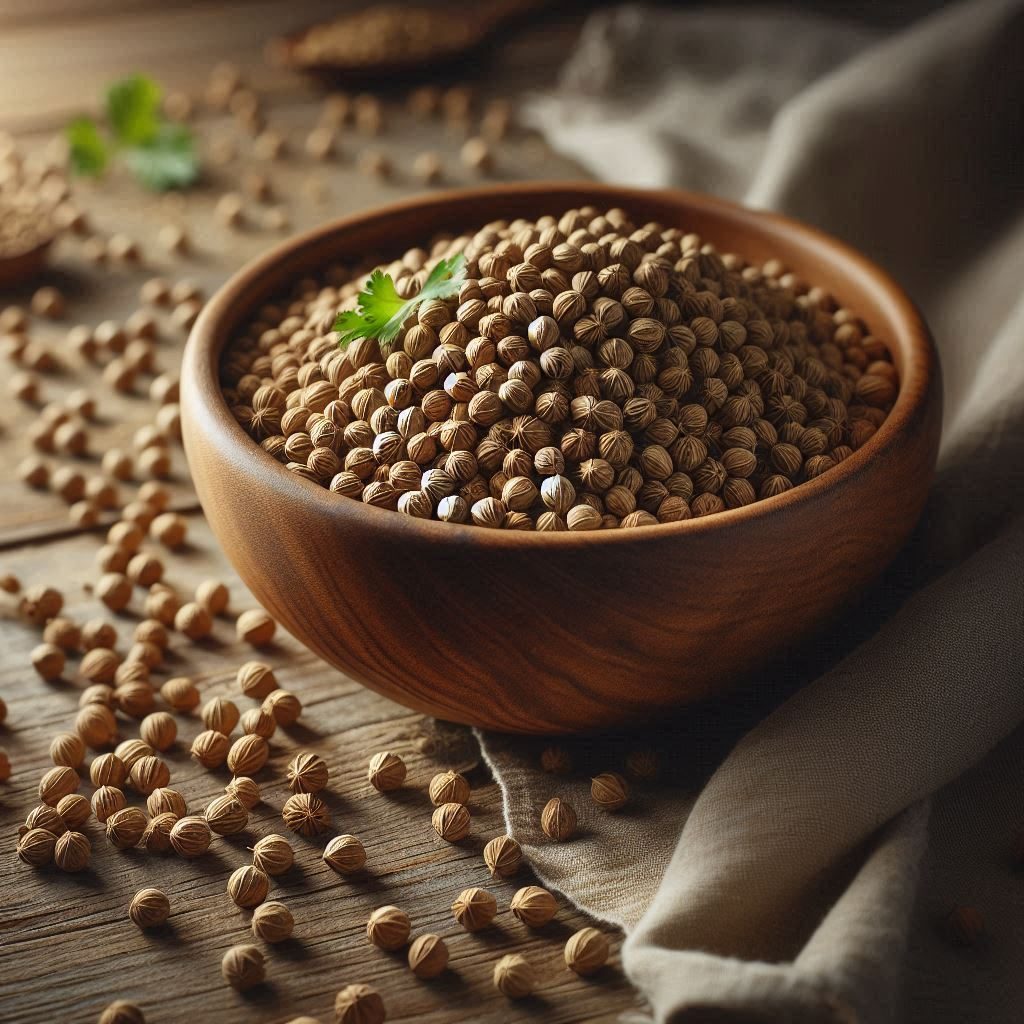
Cilantro vs Coriander Leaves: A Taste of Controversy
Now, let’s dive into the juicy part – the flavour. The cilantro vs coriander leaves taste debate is as polarizing as pineapple on pizza. Some folks can’t get enough of its bright, citrusy notes, while others swear it tastes like soap. Yes, you heard that right – soap! In South India, Coriander leaves are a staple in a lot of dishes and is loved across the regions for its bold taste.

This love-it-or-hate-it reaction isn’t just a matter of personal preference. It’s actually rooted in genetics. Some people possess a variation in a group of olfactory-receptor genes that makes them super-sensitive to the aldehydes in cilantro. For these unlucky individuals, biting into a cilantro leaf is about as pleasant as chomping on a bar of Irish Spring.
But for those of us blessed with cilantro-loving genes, this herb is a flavour powerhouse. Its vibrant, slightly peppery taste can elevate a simple dish to gourmet status.
Parsley: The Cilantro Look-Alike
Just when you thought you had the cilantro vs coriander leaves conundrum sorted, enter parsley. The cilantro vs parsley appearance similarity has caused many a grocery store mix-up.
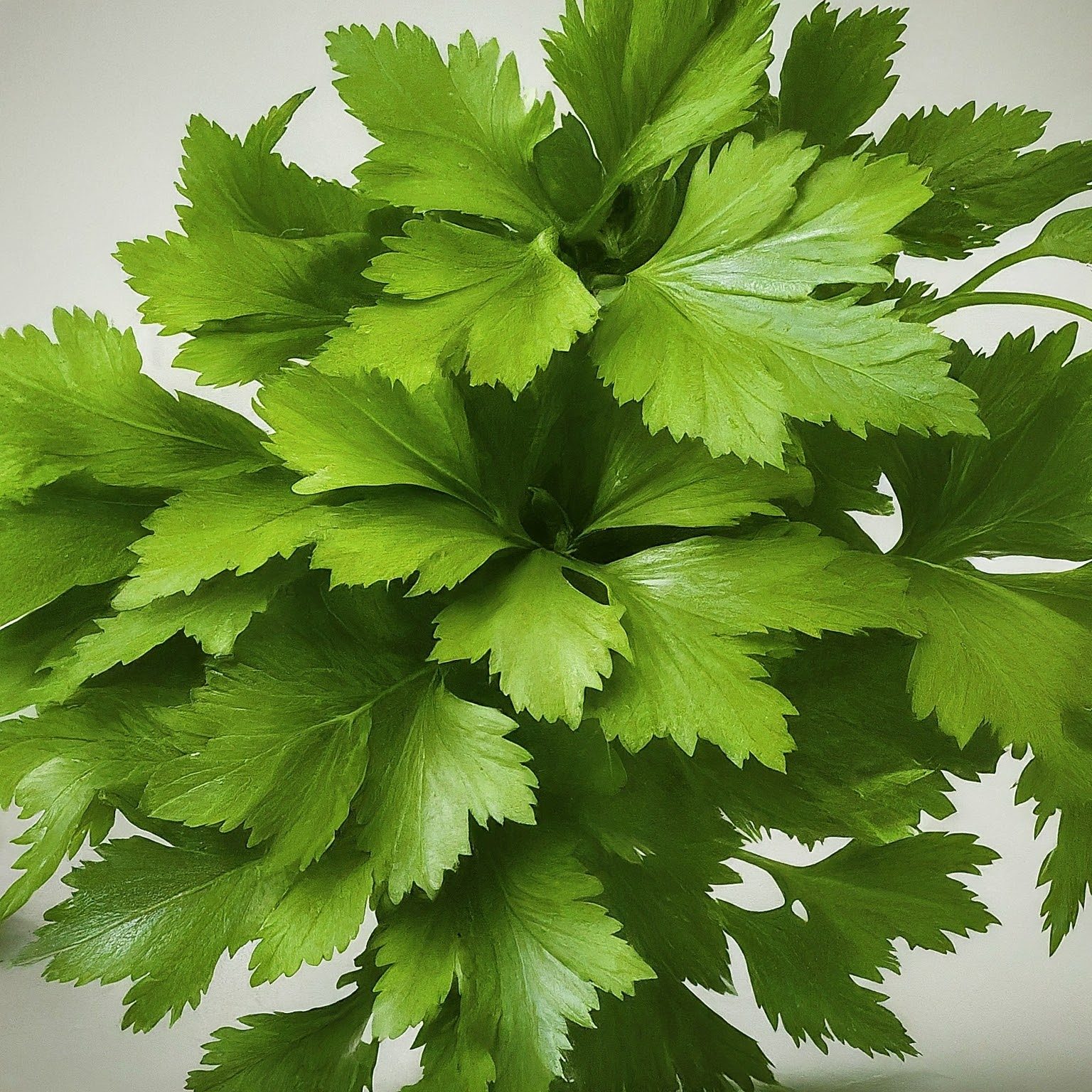
While they might look like twins separated at birth, the cilantro vs parsley taste difference is quite distinct. Parsley has a milder, grassy slightly peppery notes that’s more subtle than cilantro’s bold, tangy citrusy punch – both have their place, but they’re definitely not interchangeable.
Two varieties of Parsley are commonly available – Curly Parsley and Italian Parsley (flat-leaf)
Health Benefits: More Than Just Flavour
The health benefits of cilantro vs parsley are nothing to sneeze at. Both of these green goddesses are packed with vitamins, minerals, and antioxidants that can give your body a serious boost.
Cilantro or Coriander leaves, for instance, is a detox dynamo. It’s been shown to help remove heavy metals from the body, which is pretty impressive for something that weighs next to nothing. It’s also rich in vitamins A, C, and K, and has been linked to better digestion and lower anxiety levels. Who knew a little herb could be such an overachiever?
Parsley, not to be outdone, brings its own set of superpowers to the table. It’s a vitamin C powerhouse, boasting more of this immune-boosting nutrient than oranges. It’s also loaded with vitamin K, which is essential for blood clotting and bone health. Plus, it’s a natural breath freshener. Take that, cilantro!
Culinary Uses: A Tale of Two Herbs
When it comes to culinary uses of cilantro vs coriander leaves vs parsley, each herb has its moment to shine. Cilantro is the darling of Mexican, Southeast Asian, and Indian cuisines. It’s the secret weapon in your favorite salsa, the crowning glory of a steaming bowl of pho, and the finishing touch on a perfectly spiced curry.
Coriander leaves (remember, same as cilantro!) play a similar role in many dishes around the world. From Thai green curry to Indian chutney, this versatile herb knows how to make an entrance.
Parsley, while often relegated to garnish status, deserves more credit. It’s a key player in Middle Eastern dishes like tabbouleh and chimichurri sauce. Its mild flavour makes it a great addition to salads, soups, and sauces without overpowering other ingredients.
Can You Substitute Cilantro for Parsley?
Now, let’s address the elephant in the kitchen: can you substitute cilantro for parsley or vice versa? The cilantro and parsley substitution question is a hotly debated topic among chefs and home cooks alike.
While you can use parsley in place of cilantro in a pinch, be prepared for a significant flavour shift. It’s like swapping your morning coffee for herbal tea – it’ll do the job, but it’s not quite the same experience. I wouldn’t swap them personally to be honest.
Storage: Keeping Your Herbs Fresh
Whether you’re Team Cilantro or Team Parsley (or an equal opportunity herb lover), knowing how to store these delicate greens is crucial. Both cilantro and parsley can be treated like bouquets of flowers. Trim the stems, pop them in a glass of water, cover loosely with a plastic bag, and refrigerate. Change the water every few days, and you’ll have fresh herbs for up to two weeks.
For longer storage, you can freeze cilantro and parsley. Chop them finely, pack into ice cube trays with a bit of water or oil, and freeze. Pop out a cube whenever you need a hit of herbal goodness in your cooking.
Pairing Perfection
Now that we’ve unraveled the cilantro vs coriander leaves mystery, let’s talk pairings. Cilantro plays well with lime, chili, garlic, and cumin. It’s the life of the party in guacamole, salsa, Thai-inspired dishes and South Indian cuisine.
Parsley, on the other hand, is a team player that gets along with almost everyone. It pairs beautifully with lemon, garlic, and olive oil. Try it in a classic Italian gremolata or a refreshing tabbouleh salad.
Wrapping Up
So there you have it, folks – the great cilantro vs coriander leaves showdown, with a side of parsley for good measure. Whether you’re a cilantro fanatic, a parsley enthusiast, or a curious cook looking to expand your herbal horizons, I hope this deep dive has left you feeling more informed and inspired.
Remember, in the world of herbs, there’s no right or wrong – only delicious possibilities. So go forth and experiment! Try swapping cilantro for parsley in your favorite recipe, or vice versa. Who knows? You might just discover your new favorite flavour combination. I wouldn’t myself though as I have done enough of that in the past with no so great results 😉
And hey, the next time you’re faced with the cilantro vs coriander leaves conundrum in the produce aisle, you can smile knowingly. You’re in on the secret now – they’re the same lovely leaf, just with different passports.
So, what’s your take on the great cilantro debate? Are you a fan of its bold, citrusy kick, or does it make you recoil in soapy horror? Drop a comment below and let’s keep this herbal conversation growing!
Discover more from The Kitchen Code
Subscribe to get the latest posts sent to your email.


